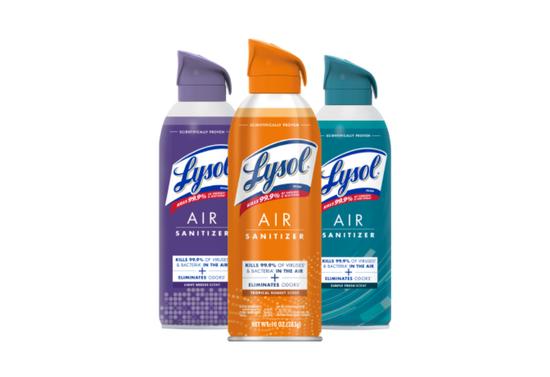
Common Cold at a Glance
The common cold is … common, but how much do you know about colds?
Each year there are a million cases of the common cold in the US, and adults have an average of 2-3 colds per year1.
What causes a cold?
A variety of different rhinoviruses (there are over 100). Although rhinoviruses are the major cause of colds, they can also be caused by other viruses such as respiratory syncytial virus (RSV), human parainfluenza virus, adenovirus and coronavirus1.
How are colds spread?
Viruses that cause colds are spread through the air and close personal contact. There’s also the possibility that you could get a cold from touching contaminated surfaces or other people’s hands, then touching your eyes, nose or mouth1.
What are the symptoms of a cold?
Symptoms of a cold tend to appear between 12 hours and 5 days of exposure – but most often within 48 hours.
- Runny or stuffy nose
- Sore throat
- Coughing
- Sneezing
- Watery eyes
- Low fever or chills (occasionally)
- Some tiredness or muscle aches
How long does a cold last?
Most people recover within 7-10 days.
Can colds cause other health problems?
Although most colds are mild, people with weakened immune systems can occasionally develop serious illnesses such as bronchitis or pneumonia. The risk of Sinusitis (sinus infections) is also increased if you’ve had a cold2. If your symptoms are severe, unusual or last more than 10 days, see a doctor.
How are colds cured?
There is no cure for a cold. Drinking plenty of fluids and over-the counter medicines will help you feel better, but because colds are caused by viruses, antibiotics will not work1.
Do you only get colds in winter?
Most people get colds in winter and spring, but colds happen at any time of the year.









.png?width=550&height=377&format=png&quality=80)

.png?width=550&height=377&format=png&quality=80)
.png?width=550&height=420&format=png&quality=80)
.png?width=550&height=377&format=png&quality=80)
.png?width=550&height=377&format=png&quality=80)
